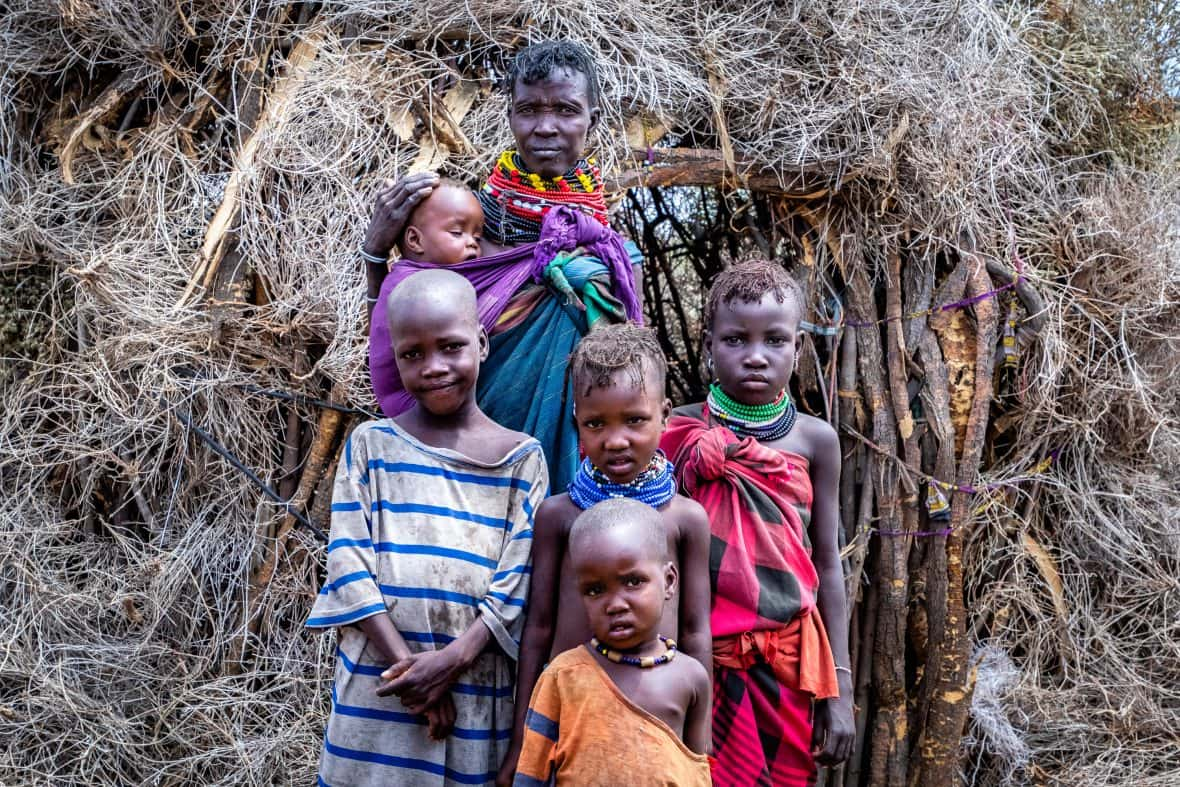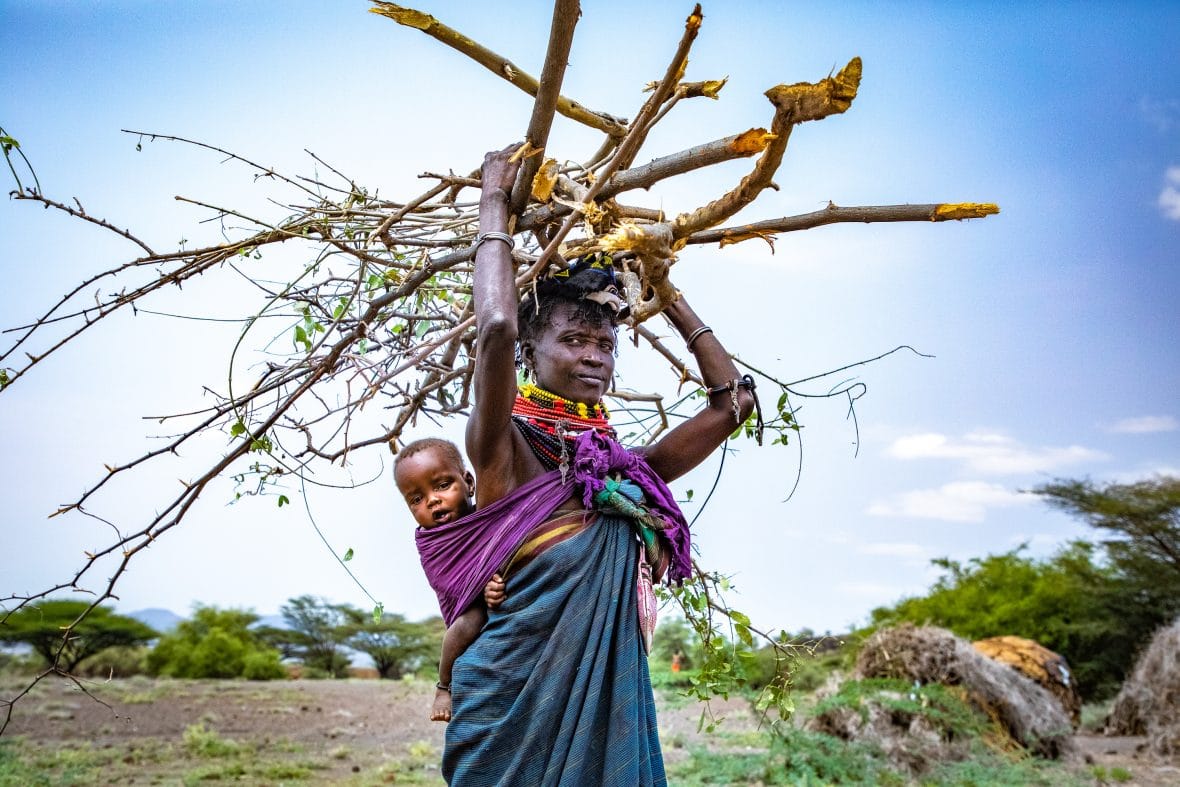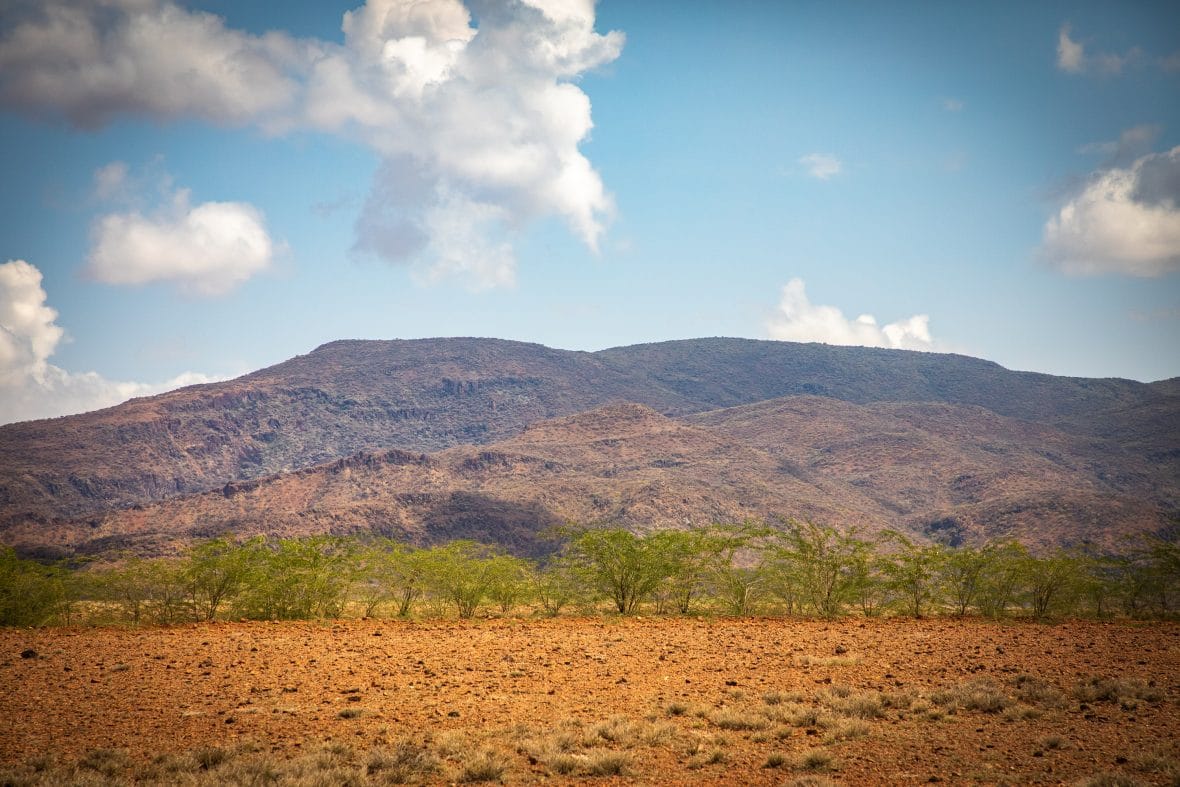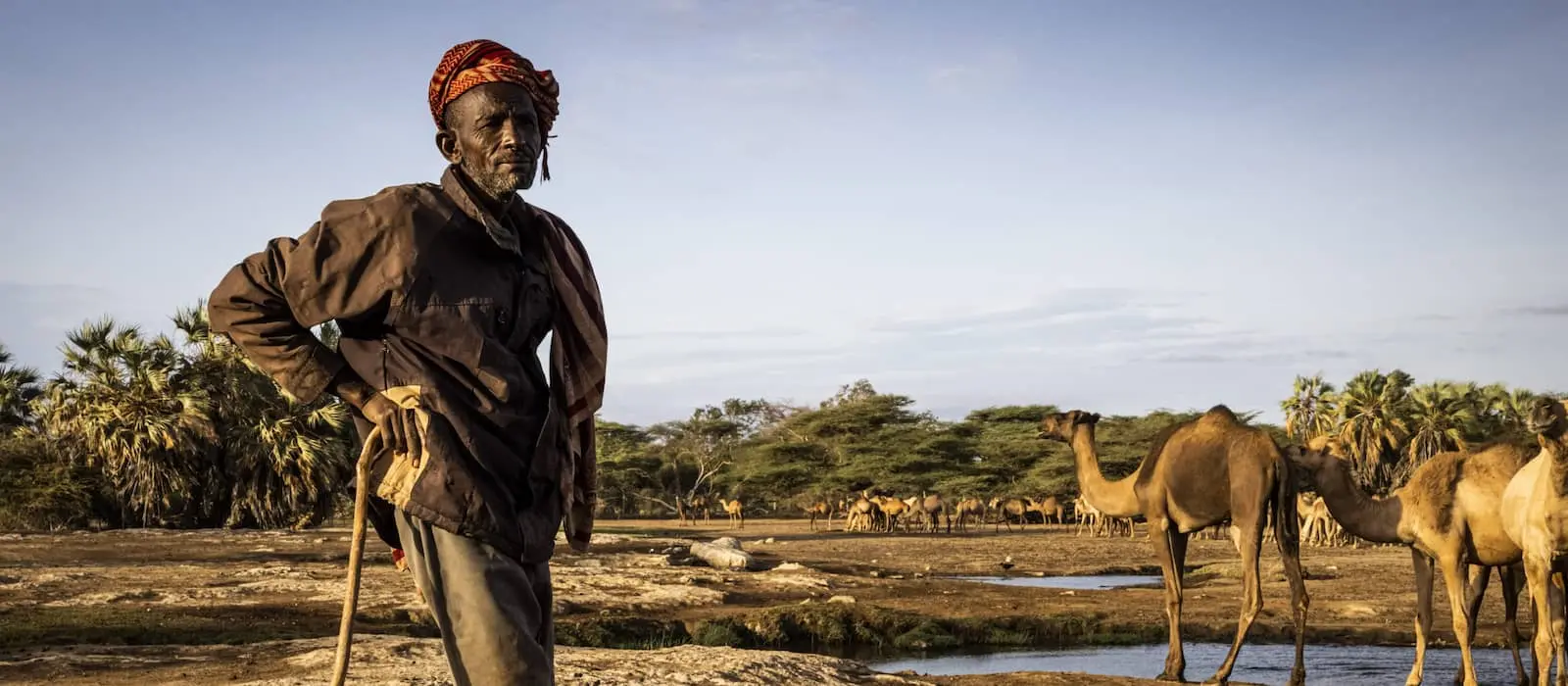The Horn of Africa is in the grip of drought. Large parts of Kenya, Ethiopia and Somalia have experienced insufficient rainfall for two consecutive rainy seasons, with devastating consequences for people living in those areas due to lost crops and livestock deaths.
Kenya has experienced emergency droughts every 10 years since 1904 when records in the country began, but since 2001 they have occurred every three to five years. The current drought in Kenya, declared a national emergency by the government, has dried up water sources and killed livestock and food crops across almost half the country. The areas impacted are already the poorest and most food insecure in the country effecting over 2.1 million people, including 111,000 children under the age of five years are severely malnourished and at risk of loss of life without humanitarian assistance.
I can starve up to ten days without food. I cannot remember the number of times I have stayed without food.
The pastoralist communities of Turkana, a semi-arid county of northern Kenya, who are nomadic livestock herders, rely on rain not just for their water supply but also to ensure good pastures for their livestock. Already vulnerable communities simply do not have enough time to recover from the losses incurred from one drought before the next drought hits.

Ng’ikario Ekiru is a 37-year-old pastoralist. She became the head of her household when her husband became disabled due to injury. Of her six young children, three are severely malnourished. As the land has dried up, so too have her options for keeping food on the table.
She used to have a herd of 100 goats. However, in 2017, extreme drought wiped out half of her herd. With little time to recover in between, this current crisis has left her with only five goats remaining. With no pastures for them to graze on, all five have stopped producing milk. The family had relied on that milk as their primary source of nutrition. Now, she, her six children and her five goats all rely on the same source of food — a wild fruit that grows in the bush.
She says, "When the wild fruits are there and they are ripened, the animals and I consume them and that is what has kept us going all this time. It takes a short while for the wild fruits to ripen again. When it is gone, it pushes us to the extreme."
When there is no fruit to pick, Ng’ikario has no option but to turn to the animal hides that line the floor of her home, a small round hut made from wood. “I turn to the old hides and skins. I roast them and that is what we consume,” she explains.

Going days without food
Atiir Kataboi is also a pastoralist. She collects firewood and makes charcoal every day, to sell them in the market for money to buy food. “Unless I go and get firewood or burn charcoal, I have nothing else to rely on,” says Atiir.
It is a precarious means of survival. If anything prevents her from going about those activities on any given day, they won’t eat at all. Sometimes she finds she is just too hungry and weak, lacking the energy to even move. The reserves of strength she has to draw from to ensure she can put some food on the table are unfathomable, as the changing climate has pushed her to the extreme. On occasion, she has gone without food for days to make sure her children get some little bit to eat.
"I can starve up to ten days without food. I cannot remember the number of times I have stayed without food."

Detrimental coping strategies
Not only does it take a toll on Atiir and her own health, but coping measures like this take a toll on the local environment, further degrading it in what becomes a vicious cycle.
Amina Abdulla, Concern’s Regional Director for the Horn of Africa, explains that when people’s recovery time in between droughts becomes diminished, so too do the coping strategies they can turn to.
“Your coping mechanisms, which include support from relatives and sharing amongst communities, become diminished and you see communities resorting more and more to negative coping strategies. Some of these are actual drivers of the climate conditions that they are experiencing. Things like selling charcoal or firewood involve cutting down trees, it means degrading the environment further just to make ends meet or to survive.”
Increasing frequency of droughts
While droughts can occur in almost all types of climate and are not a new experience for people living in semi-arid terrains such as Turkana, what is new is the frequency with which they are happening. It used to be that they would occur maybe every 15 or 20 years. However, from the late 90s onwards, this cycle was reduced to every five years and over the last decade, it has reduced to every second year. Very simply put, this does not give anywhere near enough time for families to recover and is placing them in increasingly desperate situations.
“The recovery period has become shorter or almost non-existent. If people lost their livestock or their assets and had years to re-build, then recovery might be possible. But when it is every second year, you lose more each cycle. Your ability to bounce back becomes less and less. So it has made people more vulnerable and deepened levels of poverty,” explains Amina Abdulla.

Concern is responding
Malnutrition rates in Turkana have reached 30% in some areas with this current crisis. To put that into perspective, rates of 15% or higher are considered a ‘critical emergency’ situation. The strain it is placing on local health services is immense. Concern started programming in Turkana last year and is working to support malnourished children and pregnant and breastfeeding mothers. We are working with the Ministry of Health and with partners such as Save the Children to reach more mothers and children with vital nutrition support and to strengthen the local health systems that are in place to enable them to better cope with the demand for increased services that comes with recurrent drought.
Ng’ikario recognizes the need for outside support for her family. "If I didn’t receive this support, I know my children would have been dead by now."

You can help people on the frontline of the climate crisis
As the climate crisis escalates on a global level, vulnerable communities around the world are confronting the consequences. We are reaching as many people as we possibly can, but we need your help to reach more.





